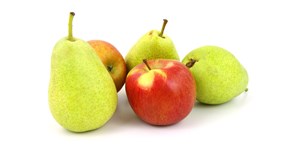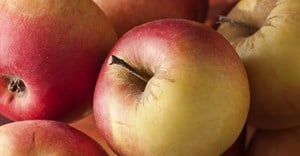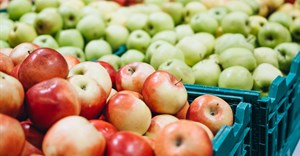Key insights: Global pineapple juice market

The market value increased an average annual rate of +1.5% from 2007 to 2017; the trend pattern remained relatively stable, with only minor fluctuations being observed in certain years.
Estimates reveal that the most prominent rate of growth was recorded in 2011, when it surged by 19% year-to-year. In 2013, however, a fall in consumption in Thailand pulled back the prices. Over the period under review, the global pineapple juice market attained its maximum level of $916m in 2012; however, from 2013 to 2017, it failed to regain its momentum.
Pineapple juice is a juice produced from the flesh or parts of the sound, ripe pineapple. It is a rich source of essential vitamins and minerals, such as Manganese, Vitamin C and Vitamin B-6. It is a popular good in tropical countries, and its popularity has been growing in Western countries, together with a demand for new exotic products. The global market has been increasing in most states as the global population keeps rising.
The total consumption volume increased an average annual rate of +1.4% from 2007 to 2017; the trend pattern remained relatively stable, with somewhat noticeable fluctuations being observed over the period under review.
The world demand for pineapple juice has been growing since after 2013. In 2017, approx. 1.1M tonnes of pineapple juice was consumed worldwide; approximately mirroring the previous year. The pace of growth appeared the most rapid in 2012 when it surged by 7.3% year-on-year. However, it then followed a sharp decline of eight percentage points (-1.3%).
Leading consumers: Thailand, Indonesia and the Philippines
The countries with the highest volumes of pineapple juice consumption in 2017 were Thailand (208k tonnes), Indonesia (164k tonnes), and the Philippines (142k tonnes), with a combined 47% share of global consumption.
In Thailand, the average CAGR over the past ten years is negative -1%. This decline has started in 2013 and was still present in 2017. Since 2013 Thailand faces unstable exports and consumption patterns. Despite in 2017 the country mostly experienced economic growth, household debt is still high and constraints consumption. Since 2013 the political instability and public investment decrease affect investors decisions and consumer confidence in the market. These factors decrease both consumption and production volumes.
From 2007 to 2017, the most notable rate of growth in terms of pineapple juice consumption, amongst the main consuming countries, was attained by Angola (+21.6% per year), while the other global leaders, including Indonesia and the Philippines, experienced more modest paces of growth.
Pineapple juice consumption expected to continue strong
The forecast for the pineapple juice market depends on three major determinants.
First, the consumption in the three leading consuming countries is expected to grow in the medium-to-long term.
Indonesia, the Philippines, and Thailand are expected to carry on increasing GDP per capita, and the population is expected to be expanding too. The current figures for the annual GDP per capita growth are +4% for Indonesia, +5% for the Philippines and +3.6% for Thailand. In Thailand, even though the consumption trend is currently downward sloping there, credit constraints are expected to be lifted as soon as the debts begin to pay off. This is not a long-term concern, IMF suggests.
Further, a rise in Chinese and Indian population and the relatively low per capita consumption of the pineapple juice there, leave these markets unsaturated. The USA population is growing too – by 2025 it is expected to be boosted by 20 million people. Indian market itself has increased in volume by almost 15% since 2015, and the USA pineapple juice market gained 25% over the same period. It should, therefore, be expected that the emerging economies and the USA would contribute to a steady growth of the market as well.
Pineapple juice, however, is claimed to be rich in sugar and contain a lot of calories, which has an adverse effect on consumer choice for this good. This is expected to affect the Western countries mainly, but the global trend to healthier food patterns would contribute to this negative effect on consumption as well.
Overall, driven by increasing demand for pineapple juice worldwide, the market is expected to continue an upward consumption trend over the next eight-year period. Market performance is forecast to retain its current trend pattern, expanding with an anticipated CAGR of +1.5% for the eight-year period from 2017 to 2025, which is projected to bring the market volume to 1.2 million tonnes by the end of 2025.














